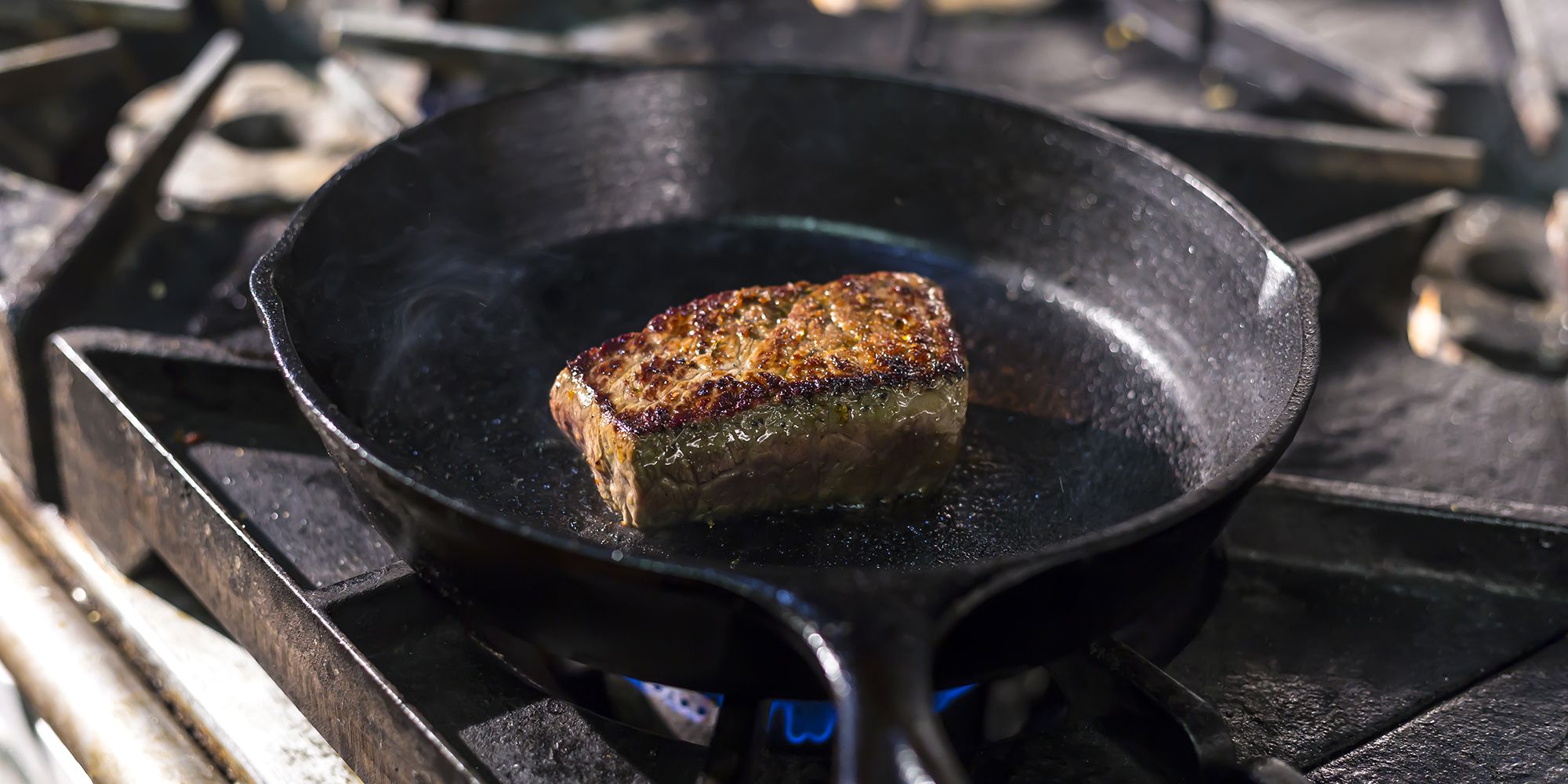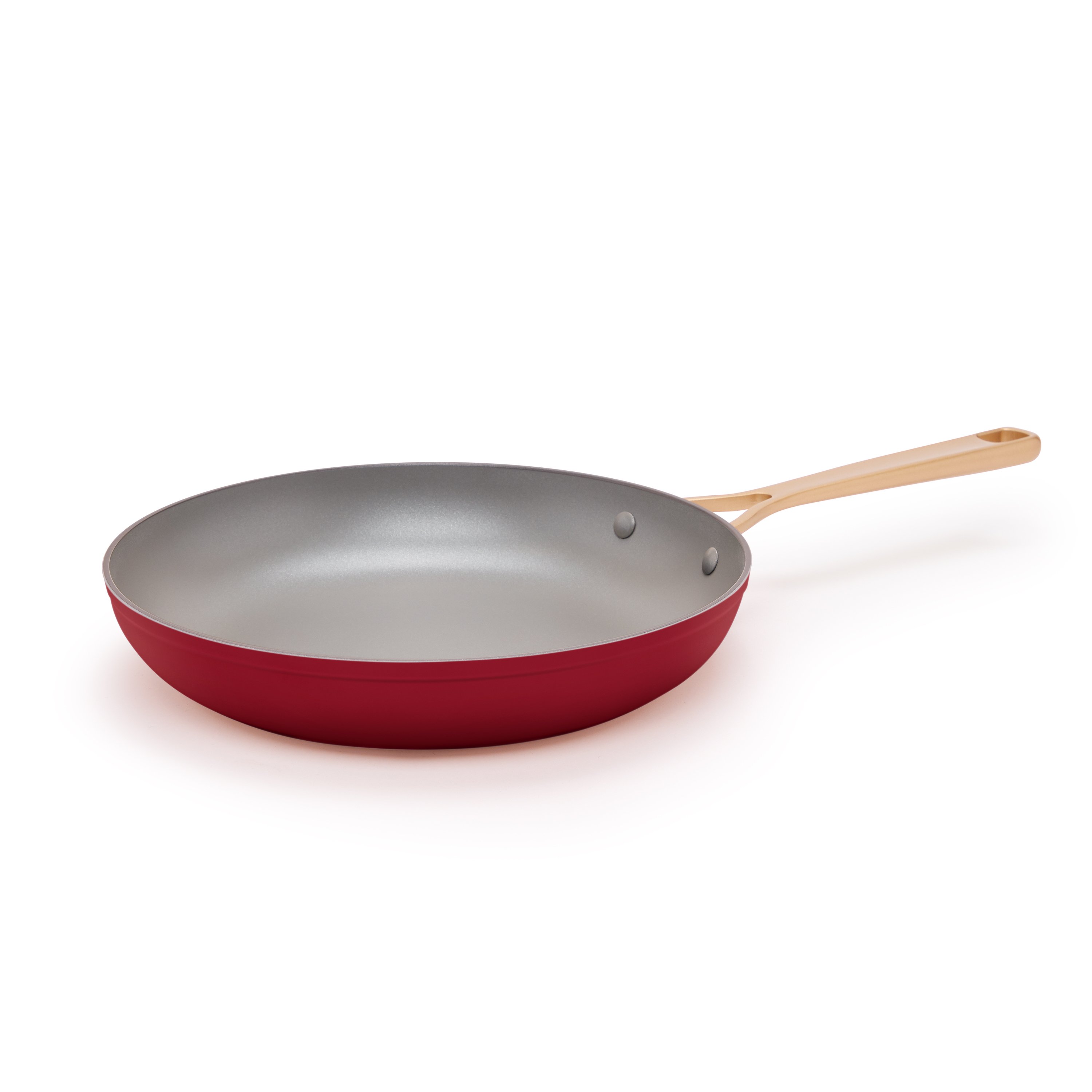Skillet Guide Food Preparation 101: A Comprehensive Guide to Enhancing Your Culinary Skills
Skillet Guide Food Preparation 101: A Comprehensive Guide to Enhancing Your Culinary Skills
Blog Article
The Ultimate Skillet Purchasing Guide: Every Little Thing You Need to Know
The Ultimate Skillet Buying Guide: Every Little Thing You Need to Know is an extensive source targeted at helping you make a notified decision when buying a frying pan. Whether you're a specialist chef or a home chef, picking the appropriate frying pan can considerably improve your food preparation experience. This overview covers various types of skillets available out there, including their pros and disadvantages. Additionally, it offers insights into the different materials used in skillet building and the considerations you ought to bear in mind while selecting a skillet. Additionally, it offers important info on vital functions to search for in a skillet and how to determine the appropriate size based upon your food preparation needs. Last but not least, it supplies helpful tips for caring and keeping your skillet to ensure its long life. With this overview, you can with confidence navigate the frustrating skillet market and discover the perfect cooking companion for your cooking area.
Types of Frying Pans
When considering the various kinds of frying pans readily available, it is essential to understand the numerous products they are made from and their distinct buildings. The product of a skillet greatly affects its efficiency, longevity, and even cooking results. One of the most usual products used in frying pan manufacturing consist of stainless steel, cast iron, non-stick, and copper.
Stainless-steel frying pans are recognized for their durability and even warmth circulation. They are immune to rust, discoloration, and corrosion, making them a preferred selection among many home cooks. Cast iron skillets, on the other hand, are respected for their unparalleled heat retention and even warm distribution. They are ideal for searing, frying, and cooking, and are commonly passed down through generations because of their extraordinary long life. skillet guide.
Non-stick frying pans are coated with a layer of Teflon or ceramic, which prevents food from staying with the surface area. This makes them exceptionally easy to clean and suitable for cooking fragile foods such as eggs and fish. Copper skillets, while less typical, are treasured for their phenomenal warmth conductivity. They warm up promptly and react quickly to changes in temperature level, offering accurate control over the cooking procedure.

Factors To Consider for Frying Pan Products
To make a notified choice when buying a frying pan, it is vital to meticulously think about the properties and characteristics of different skillet products. The material of the frying pan can greatly impact its toughness, food preparation, and performance capabilities. There are several typical materials used in skillet building, each with its very own advantages and disadvantages.
One prominent frying pan material is stainless steel. Stainless steel skillets are known for their longevity and resistance to rust and corrosion.
Cast iron is another extensively used material for skillets. Cast iron skillets are recognized for their superb warm retention and circulation.

Copper frying pans provide outstanding warm conductivity, allowing for exact temperature control. They are typically lined with stainless steel for toughness and ease of maintenance. Nevertheless, copper frying pans can be expensive and call for routine brightening to preserve their look.
Crucial Attributes to Look for in a Skillet
What are the crucial functions to take into consideration when selecting a skillet? A tiny best site frying pan might be appropriate for little dishes or solitary servings, while a bigger frying pan is a lot more suitable for cooking dishes for a household or a bigger group.
An additional critical function to think about is the product of the skillet. Various materials, such as stainless-steel, cast iron, and non-stick finishes, provide different advantages and drawbacks. Stainless steel skillets are resilient and non-reactive, cast iron frying pans give superb warmth retention and also cooking, while non-stick skillets make cleaning up a wind.
Furthermore, the manage of the skillet is a vital feature to take into consideration. Look for a frying pan with a sturdy and comfortable take care of that stays cool to the touch, permitting easy and risk-free handling throughout food preparation.
Finally, take into consideration the price and quality of the skillet. Frying pans can be found in a broad variety of rates, so it is essential to locate one that fits your spending plan while still offering great high quality and durability.
Size Matters: Finding the Right Frying Pan Dimension for Your Needs
What elements should be considered when figuring out the appropriate skillet size for your cooking requires? When it comes to picking the right frying pan dimension, there are a number of variables to think about.
The type of recipes you typically prepare additionally plays a role in identifying the ideal frying pan size (skillet guide). If you have a tendency to prepare dishes with a great deal of active ingredients or require more room for turning and mixing, a bigger skillet would be much more useful.
Last but not least, consider your storage area. Skillets can take up a considerable quantity of space in your kitchen area cabinets, so ensure you have enough space for the size frying pan you pick. By considering these aspects, you can locate the right skillet size that suits your cooking requires perfectly.
Frying Pan Treatment and Upkeep Tips
One important aspect of caring for and maintaining your skillet is to on a regular basis tidy and period it. Cleansing your frying pan after each use is necessary to get rid of any kind of food deposit and protect against the accumulation of grease or debris. To clean a skillet, use a soft sponge or visit their website brush in addition to cozy water and light dish soap. Stay clear of making use of abrasive cleaners or steel woollen as they can harm the frying pan's surface. After cleaning, see to it to extensively dry out the skillet to stop rusting.
Seasoning your frying pan is another vital action in its care and upkeep. Seasoning includes using a thin layer of oil to the skillet's surface area to create a protective barrier against corrosion and to enhance its non-stick residential properties.
In addition to routine cleansing and seasoning, it is very important to stay clear of drastic temperature adjustments, such as transferring a hot frying pan to a cool surface or vice versa, as this can cause warping or fracturing. Prevent using metal utensils that can scratch the skillet's surface. By complying with these treatment and upkeep suggestions, you can make certain that your skillet stays in outstanding problem for several years ahead.
Conclusion
In conclusion, this best frying pan buying overview has given a summary of the various sorts of skillets, considerations for skillet products, necessary features to look for, and tips for treatment and upkeep. By comprehending these variables, consumers can make informed decisions when purchasing a skillet that suits their needs. With the right frying pan, food preparation can be made easier and a lot more enjoyable.
The Ultimate Skillet Purchasing Overview: Everything You Need to Know is a thorough source intended at assisting you make an informed choice when purchasing a skillet.To make a notified choice when purchasing a frying pan, it is content necessary to thoroughly consider the properties and attributes of various frying pan materials. Stainless steel skillets are durable and non-reactive, cast iron frying pans give excellent heat retention and even cooking, while non-stick skillets make cleansing a wind.
Frying pans can take up a considerable amount of room in your kitchen cupboards, so make sure you have enough area for the dimension frying pan you select.To wrap up, this supreme skillet acquiring overview has given an introduction of the different types of frying pans, considerations for skillet products, essential functions to look for, and tips for treatment and maintenance.
Report this page